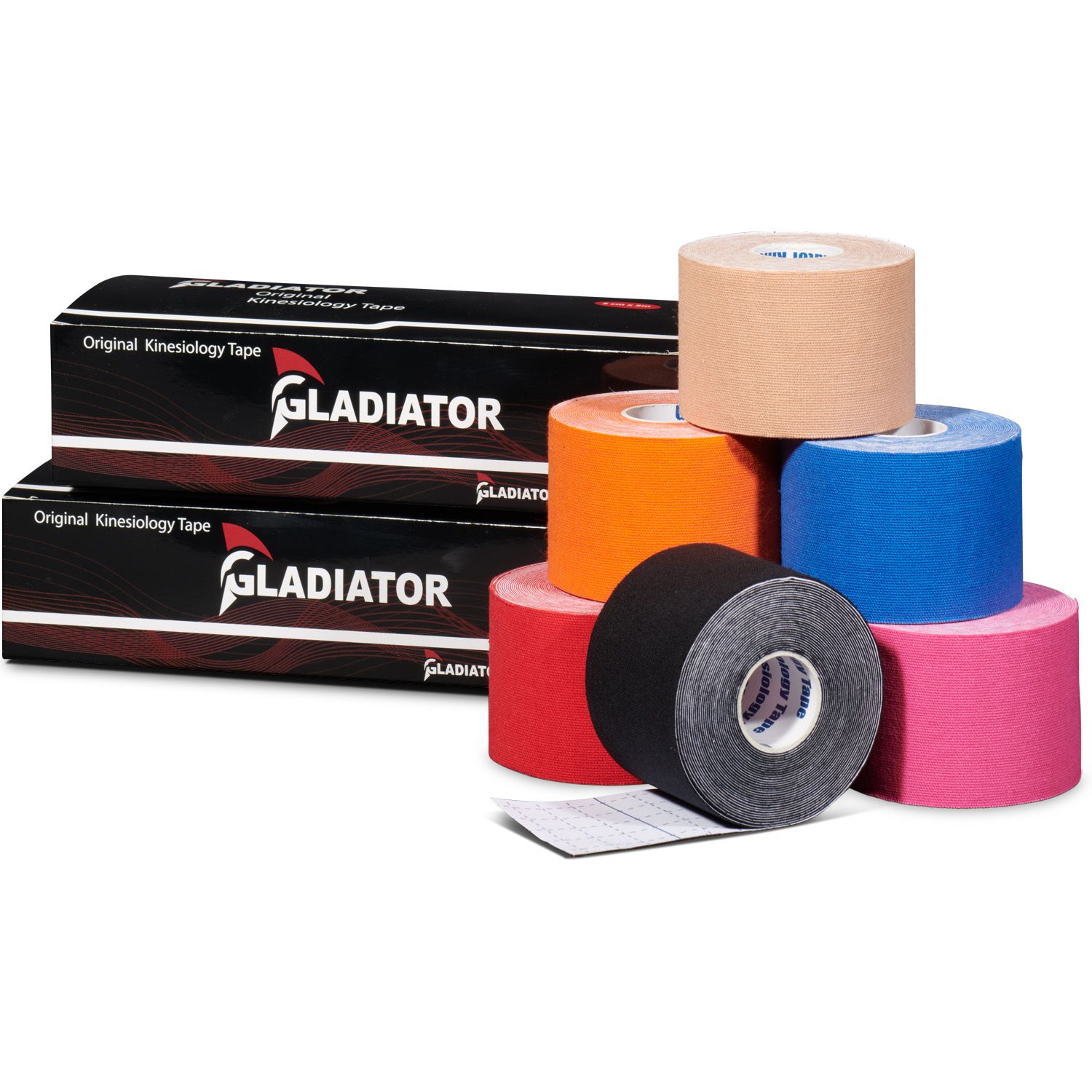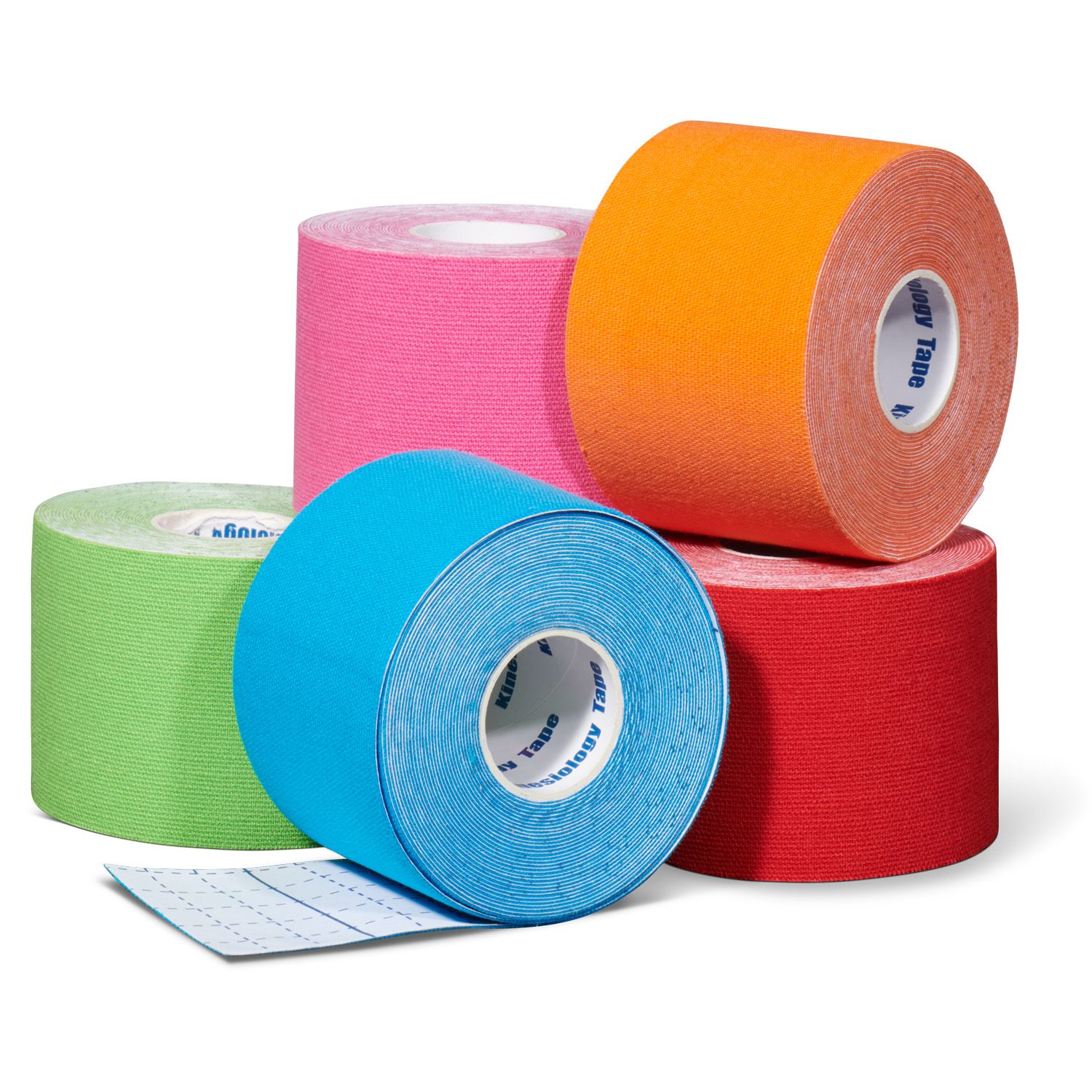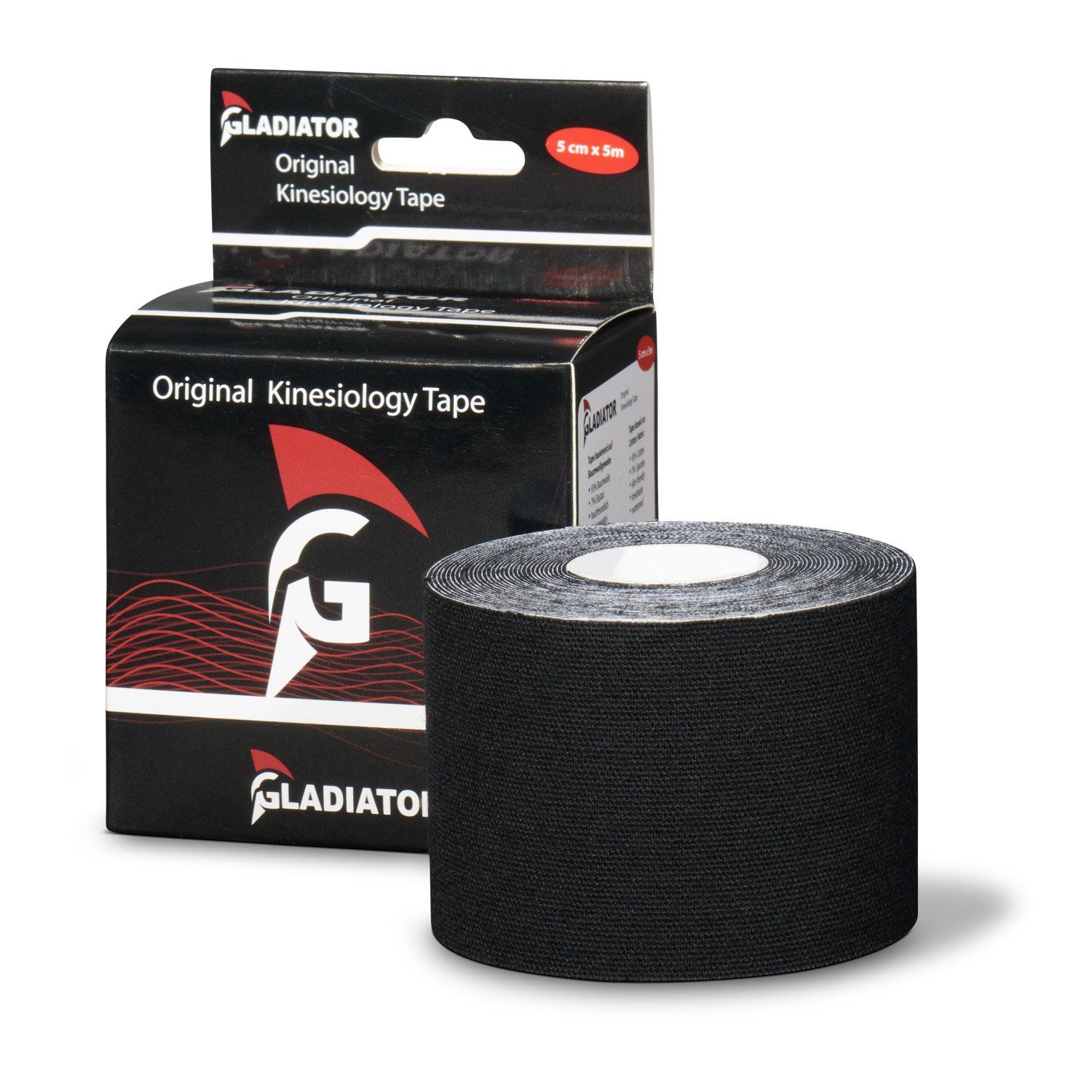Do you suffer from neck problems due to poor posture, a stiff neck or a minor injury? Taping your neck can be a simple but effective way to provide support, relieve pressure and improve your mobility. Whether you spend a lot of time at a desk, do intensive sports or are recovering from an injury, taping your neck can help you move smoothly and pain-free again more quickly. In this blog, we explain when taping is advisable, which techniques you can use and what you should pay attention to for the best results. Read more below.
Why tape your neck?
Do you suffer from a stiff neck, pain due to poor posture or are you recovering from a minor injury? Taping your neck can be an effective solution to provide relief and support recovery. Taping not only helps to relieve your neck muscles, but also to promote correct posture and prevent further complaints. In this blog, we discuss why taping your neck can be a smart choice, what benefits it offers and when it is best to apply it.
- The tape improves blood flow to the tissue in the neck region, which leads to relaxation of the area.
- Taping can soothe neck pain and contribute to a faster recovery from pain.
- The tape supports the neck muscles and helps prevent incorrect movements.
- Taping can help relax tense muscles.
- Medical taping can increase the removal of waste products in the area.
It is important to note that taping the neck is not suitable for all situations. Medical taping is not recommended for certain conditions, such as active forms of cancer, open wounds or specific skin conditions. It is always advisable to consult a physiotherapist or other qualified professional before applying taping yourself, to determine the correct technique and indication.

How do you tape your neck?
Taping your neck may seem complicated, but with the right steps it is easy to do yourself or have someone else do it for you. It's all about the right technique and proper positioning of the tape. Whether you suffer from muscle tension, stiffness or a minor injury, applying tape properly can provide relief and support. In the following paragraph, we explain step by step how to do this in a safe and effective manner.
- Use good quality kinesiology tape.
- Make sure the skin is clean and free of hair before you start taping.
- Apply the tape to both sides of the neck for optimal effect.
- After applying the tape, rub it gently to activate the adhesive layer.
It is important to note that taping yourself is a skill that requires practice. When in doubt, it is wise to consult a physiotherapist for the correct technique and indication.

When should you tape your neck?
Not every neck complaint requires the use of tape, but in some cases it can offer valuable support. But when exactly is it necessary? Below, we discuss the situations in which taping your neck is advisable.
- For neck complaints and tension headaches.
- When there is increased tissue tension in the neck region.
- For whiplash or other neck complaints where increased tissue tension can be felt.
- If you suffer from stiffness, tingling, dizziness, pain or limited movement in the neck.
- For extra support of the neck muscles and to prevent incorrect movements.
Before you decide to tape your neck, it is wise to first consult a physiotherapist or other qualified professional. They can make a correct diagnosis and determine whether taping is suitable in your specific situation.
Need additional information?
Do you still have questions after reading this article or would you like more information about one of our products? Then please contact our customer service! Our customer service consists of enthusiastic professionals who are ready to answer all your questions and help you get back on track. We can be reached by telephone, email and live chat.








